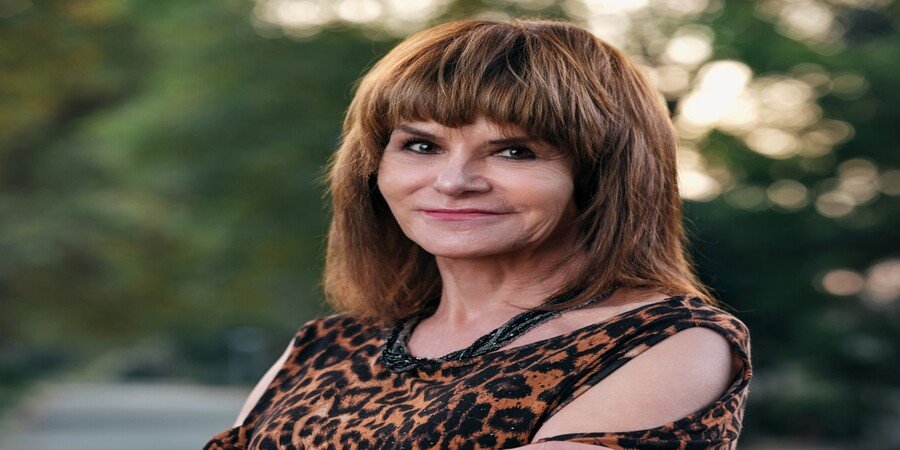Architecture is the art of designing spaces that meet people’s needs while also being beautiful and harmonious. In modern architecture, it is difficult to find a balance between function and beauty. People expect modern buildings to be strong, comfortable, efficient, environmentally friendly, and pleasing to the eye. To find this balance, you need to be creative, know how things work, and know how people act.
Functionality at the Center
Functionality is the most important part of architectural design. A building must do what it was meant to do quickly and safely. When designing a building, architects think about how the space is organized, how people move around, how easy it is to get to, and how well it follows building codes. Hospitals, for instance, require smooth patient movement, clear emergency routes, and efficient staff workflows. Schools need to make sure that students can do a variety of learning activities while still being safe and comfortable. Offices demand layouts that support productivity and collaboration. Functionality makes sure that the building works for the people who use it, and it is the basis for all other design elements.
The Importance of Aesthetics
Functionality makes something useful, while aesthetics make it feel good. People’s perceptions and interactions with a space are affected by its materials, textures, colors, lighting, and shape. A building that looks nice can make you feel creative, comfortable, and like you belong. Public places that are well-designed improve community pride and cultural identity. A well-designed building doesn’t just take up space; it also talks to people and connects with them on an emotional level, making life better.
Combining Usefulness and Beauty
The real test for today’s architects is to combine function and beauty without giving up either. Design is under more and more pressure because cities are growing quickly, there isn’t enough space, and the environment is getting worse. When it comes to sustainability, there are more things to think about, like energy efficiency, green materials, and how the structure will respond to climate change. These things must be included without making the building look less appealing. Creative solutions are needed to balance these needs so that buildings are both functional and beautiful.
Technology as a Design Collaborator
Technological progress has become very important for meeting these challenges. Before building, architects can use building information modeling to test out different layouts, lighting, and structural performance. Parametric design lets you make complicated shapes that work well and look good. Clients can see a building before it is built with virtual and augmented reality, which makes it easier to get feedback and make changes. Digital collaboration tools help architects, engineers, and designers work together to make sure that the project’s functional and aesthetic goals are in sync.
Sensitivity to Culture and Context
Architecture is not separate from other things. Buildings need to be able to adapt to their surroundings, the weather, and the culture. A striking design can fail if it disregards its surroundings. A glass and steel skyscraper might stand for modernity, but it might not fit in with the old buildings in a historic district. Architects need to find a balance between being creative and respecting the setting. Their work should help the community’s identity and harmony.
Design for People
User experience is very important in modern architecture. Buildings influence behavior, mood, and well-being. Things like natural light, ventilation, sound, ergonomics, and green spaces make a space more useful and more beautiful. Architects make spaces that are comfortable and interesting, which helps and inspires the people who use them. This approach puts people at the center of the design process, making sure that decisions meet real needs and improve the overall experience.
Dealing with Real-World Limitations
Even with knowledge and technology, it is still hard to find a balance between function and beauty. Architects have to deal with budget limits, client expectations, rules and regulations, and the realities of building. Every project is unique and demands creative problem-solving. To be successful, architects need technical skill, vision, and empathy. This lets them make spaces that are both useful and inspiring.
Conclusion
Modern architecture does best when it combines function and beauty. Functionality makes sure that things are safe, efficient, and easy to use, while aesthetics give things emotional weight and cultural importance. Architects face the ongoing challenge of integrating these dimensions while addressing technological, environmental, and social considerations. The best designs balance form and function, creating spaces that are useful, beautiful, and inspiring. The true art of architecture is knowing how to find this balance in the world we live in.



